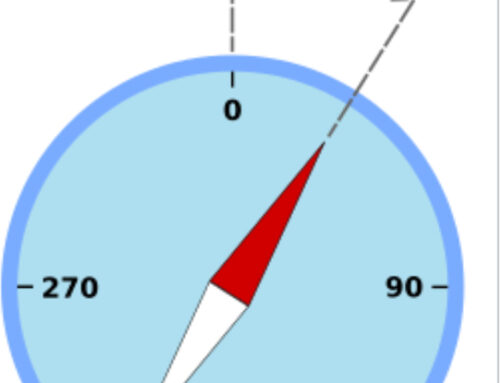Magnets come in all kinds of materials, sizes, and shapes. The shape of a magnet determines how it works, how it interacts with other things, and how it interacts with other magnetic fields. The shape of a magnet also determines how strong it is.

Bar Magnets
Bar magnets are the most common type of magnet. They are also the weakest type of magnet. The magnetic force of a bar magnet is concentrated at the poles (the ends). The poles are the smallest surface area of the magnet. Because the force is concentrated at the poles, the magnet is weaker overall. Bar magnets are used in everyday things like fridge magnets, compasses, and those things you see in science classrooms.
Disc Magnets
Disc magnets have a large, flat surface area. This shape makes them very strong. Smaller disc magnets are used in crafts and DIY projects. They’re also used in small household repairs. Larger disc magnets are used in industrial applications like holding mechanisms and cup assemblies.
Horseshoe Magnets
Horseshoe magnets look like bar magnets bent into a U shape. They’re stronger than bar magnets because both poles point in the same direction. (A horseshoe magnet is a bar magnet that’s been bent into a U shape.) Horseshoe magnets are the universal symbol for magnets. They’re used to pick up and move things that contain iron. Small horseshoe magnets are good for picking up lightweight things like paper clips. Big horseshoe magnets are used in construction and manufacturing to pick up heavy things.
Cylinder magnets
Cylinder magnets are used in specialized applications like sensors, reed switches, and medical devices. A cylinder magnet has a long magnetic field. You can magnetize a cylinder magnet along its length or across its diameter. Cylinder magnets are used in lots of industrial applications where you need a strong, concentrated magnetic field that reaches out a little bit.
Ring magnets
Ring magnets are similar to disc magnets, but with a hollow center. Because of this unique shape, ring magnets are used in lots of things like audio speakers, sensors, and electric motors. They’re also used in science demonstrations to show how magnets repel each other.
Custom Magnet Shapes and Fabrication Processes
You can get magnets in all kinds of shapes. The most common shapes are bars, discs, and cylinders. However, magnets can be cast into custom molds. They can be ground to the exact size you need. You can use wire-electrode cutting, ultrasonic drilling, and CNC machining to make magnets with complex shapes. You can get magnets in shapes like arcs, segments, multi-fingered rings, and more. These shapes are commonly used in advanced motor designs like neodymium arc magnets.
Neodymium Magnets and Specialty Shapes
Neodymium magnets are the strongest magnets available. You can make neodymium magnets in shapes like horseshoes, arcs, or bread-shaped segments. These magnets are used in high-performance motors because they fit perfectly inside round things like rotors and stators. Horseshoe magnets aren’t used much anymore (except in educational demonstrations), but they’re the symbol for magnets.
In conclusion, the shape of a magnet determines how it works and how you use it. Different shapes have different uses. NBAEM Magnets is a leading global supplier of high-quality rare earth and non-rare earth magnets. We offer custom solutions at competitive prices. We have a whole team of experts ready to help you. Visit our website for more information about magnet shapes and their uses.





[…] The magnet is the heart of the setup. For most beginners, a neodymium magnet with a pulling force of 600–1200 lbs is a solid choice. If you’re after larger finds or fishing in deeper waters, you may need something stronger. Double-sided magnets help when you want to drag across a river or lake bed. Strength is important, but so is durability—coated magnets resist rust and chipping. You can learn more about the different magnet shapes here. […]
[…] you want to explore various magnetic shapes suited for different tasks, different shape of magnet offers a great guide that matches industrial needs with the right magnetic tool. These advances […]